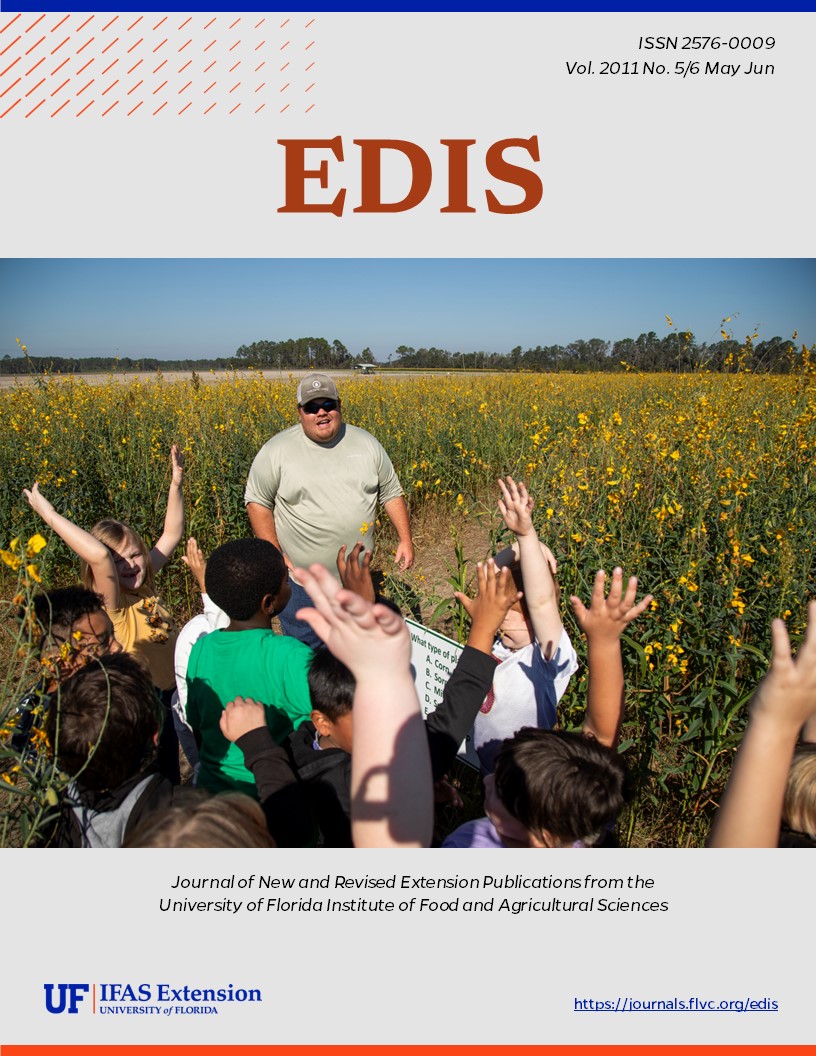Abstract
What exactly does it mean to be an involved father, and how does one go about having a healthy and involved relationship with one’s child? Find out in this 5-page Spanish-language fact sheet written by Kate Fogarty and Garret D. Evans and published by the UF Department of Family Youth and Community Sciences, May 2011.
FCS2141-Sp/FY1231: Ser un papá comprometido: ¿Qué significa esto? (ufl.edu)
References
Badalament, J. (2008). Engaging modern dads in schools. Independent School, 67. Retrieved November 10, 2008 from http://www.pressomatic.com/tridentacademy/upload/msilgals//Why%20Schools%20Need%20to.pdf.
Biller, H. (1993). Fathers and Families: Paternal Factors in Child Development. Westport, CT: Auburn House/Greenwood Publishing Group.
Bonney, J.F., Kelley, M.L., & Levant, R.F. (1999). A model of fathers' behavioral involvement in child care in dual-earner families. Journal of Family Psychology, 13, 401-415. https://doi.org/10.1037/0893-3200.13.3.401
Bronte-Tinkew, J., Carrano, J., Horowitz, A., & Kinukawa, A. (2008). Involvement among resident fathers and links to infant cognitive outcomes. Journal of Family Issues, 29, 1211-1244. https://doi.org/10.1177/0192513X08318145
Colorado Foundation for Families and Children. (2002). Colorado Fathers' Resource Guide. Denver, CO: Colorado Fatherhood Connection.
Kazura, K. (2000). Fathers' qualitative and quantitative involvement: An investigation of attachment, play, and social interactions. The Journal of Men's Studies, 9, 41-57. https://doi.org/10.3149/jms.0901.41
Manlove, E.E. & Vernon-Feagans, L. (2002). Caring for infant daughters and sons in dual-earner households: Maternal reports of father involvement in weekday time and tasks. Infant & Child Development, 11, 305-320. https://doi.org/10.1002/icd.260
Marsiglio, W. (2006). Stepdads: Stories of Love, Hope, and Repair. Lanham, MD: Rowman & Littlefield.
Marsiglio, W., Day, R.D., & Lamb, M.E. (2000). Exploring fatherhood diversity: Implications for conceptualizing father involvement. Marriage and Family Review, 29, 269-293. https://doi.org/10.1300/J002v29n04_03
McBride, B.A., Schoppe-Sullivan, S.J., & Ho, M.H. (2005). The mediating role of fathers' school involvement on student achievement. Applied Developmental Psychology, 26, 201-216. https://doi.org/10.1016/j.appdev.2004.12.007
Palkovitz, R. (2002). Involved fathering and child development: Advancing our understanding of good fathering. In C.S. Tamis-LeMonda & N. Cabrera (Eds.), Handbook of Father Involvement: Multidisciplinary Perspectives (pp. 119-140). Mahwah, NJ: Lawrence Erlbaum.
Palkovitz, R., & Palm, G. (2009). Transitions within fathering. Fathering: A Journal of Theory, Research, and Practice, 7, 3-22. https://doi.org/10.3149/fth.0701.3
Pleck, J.H., & Masciadrelli, B.P. (2004). Paternal involvement by U.S. residential fathers: Levels, sources and consequences. In M.E. Lamb (Ed.), The Role of the Father in Child Development, 4th Edition (pp. 222-271). Hoboken, NJ: Wiley.

